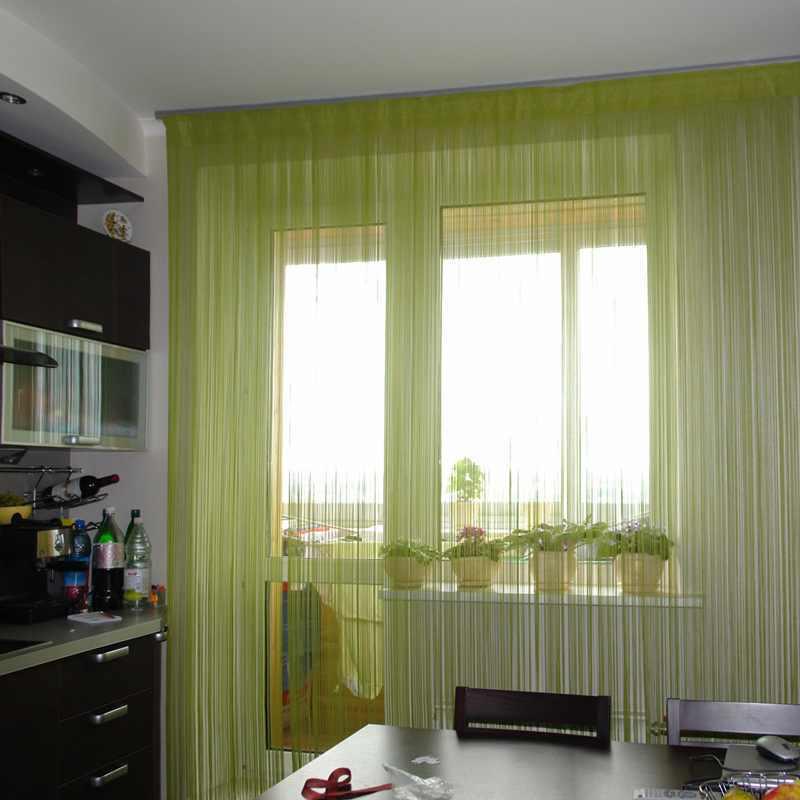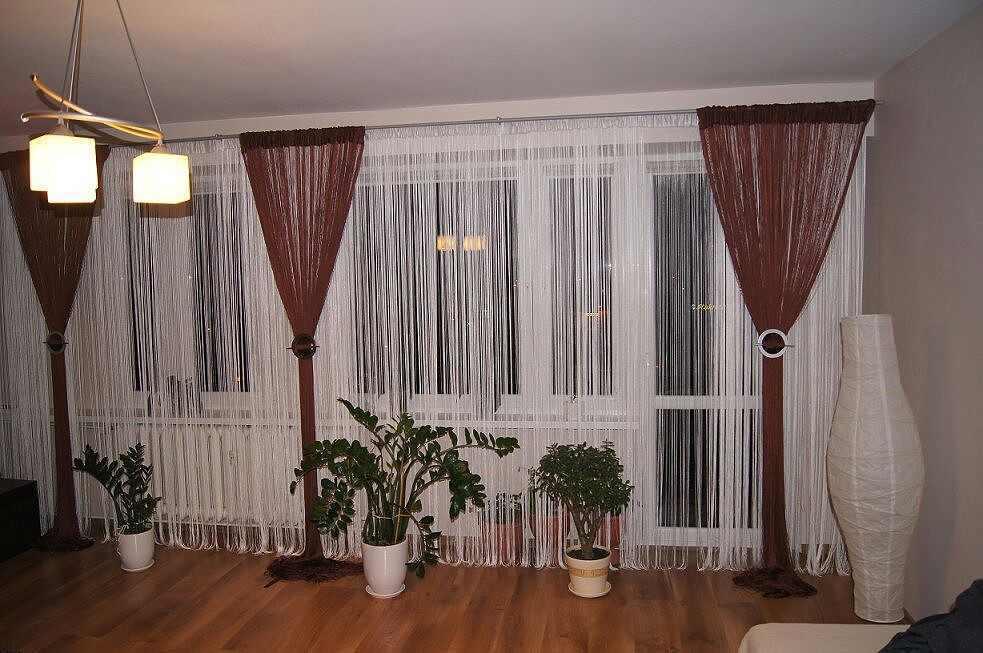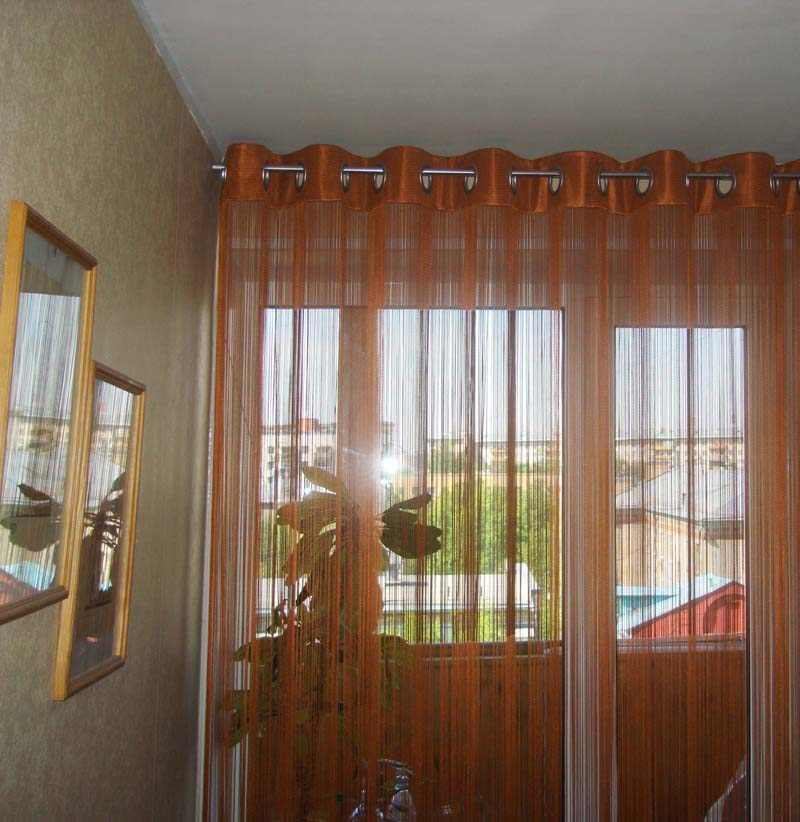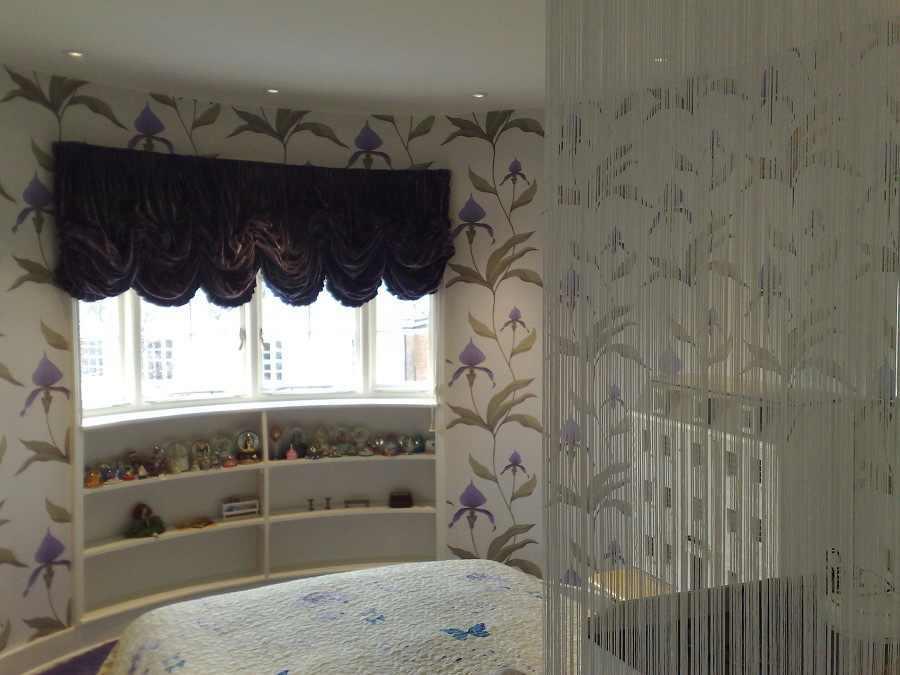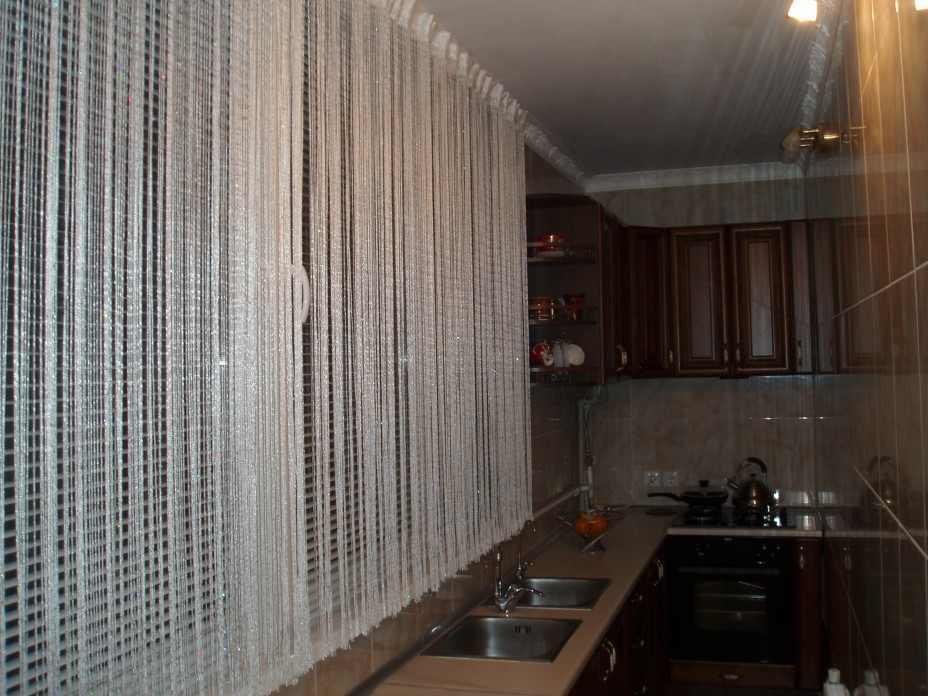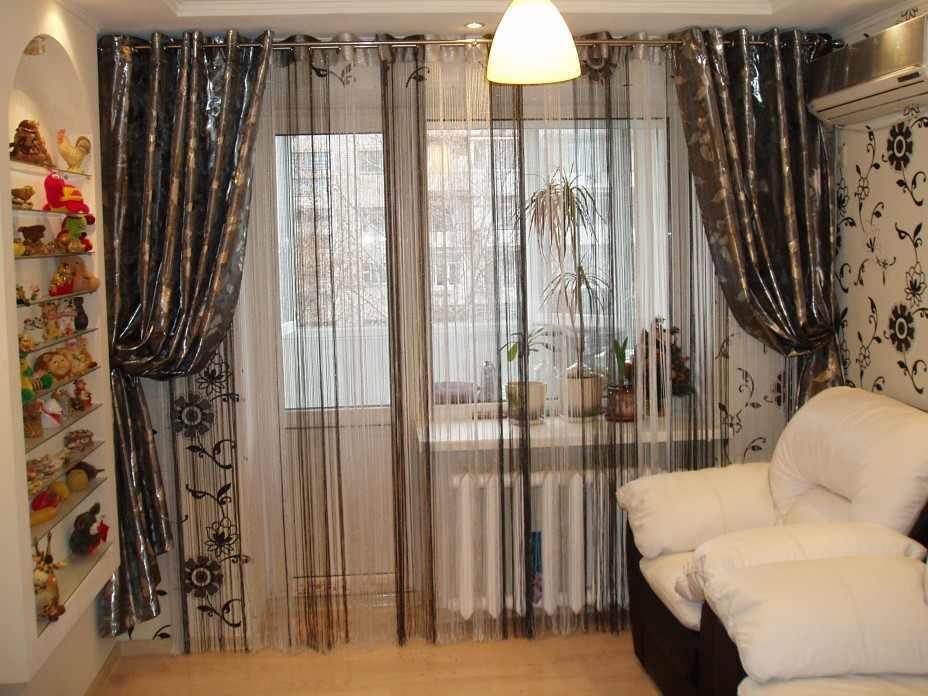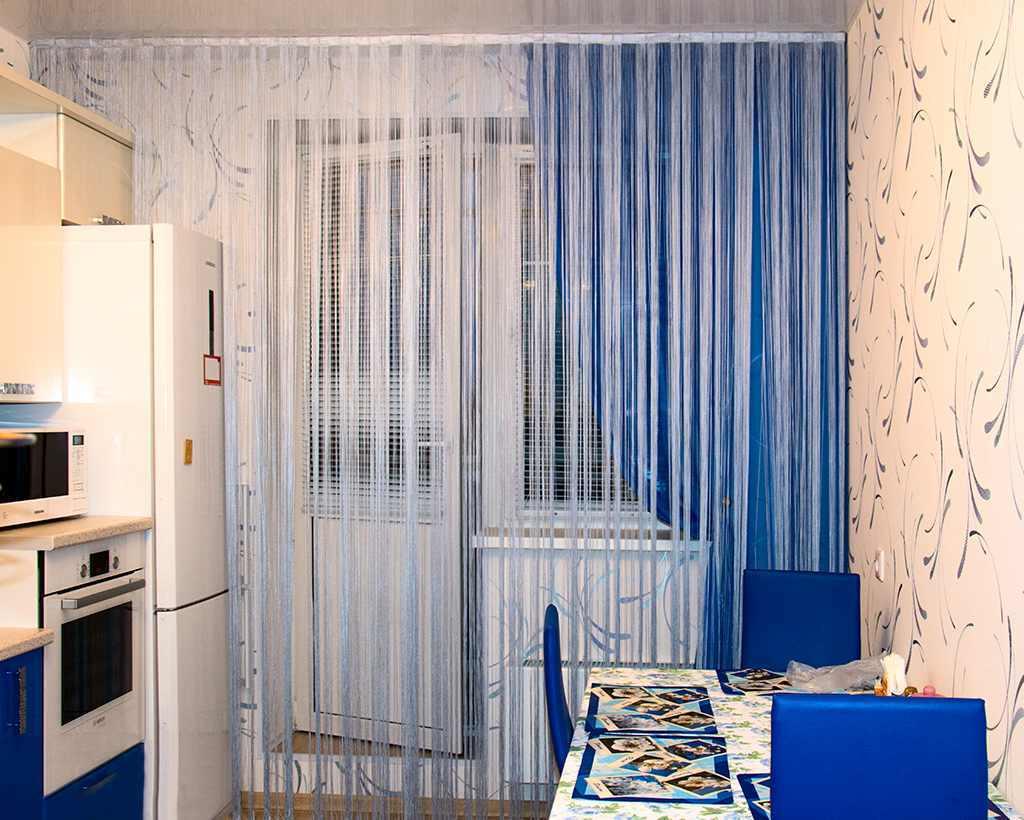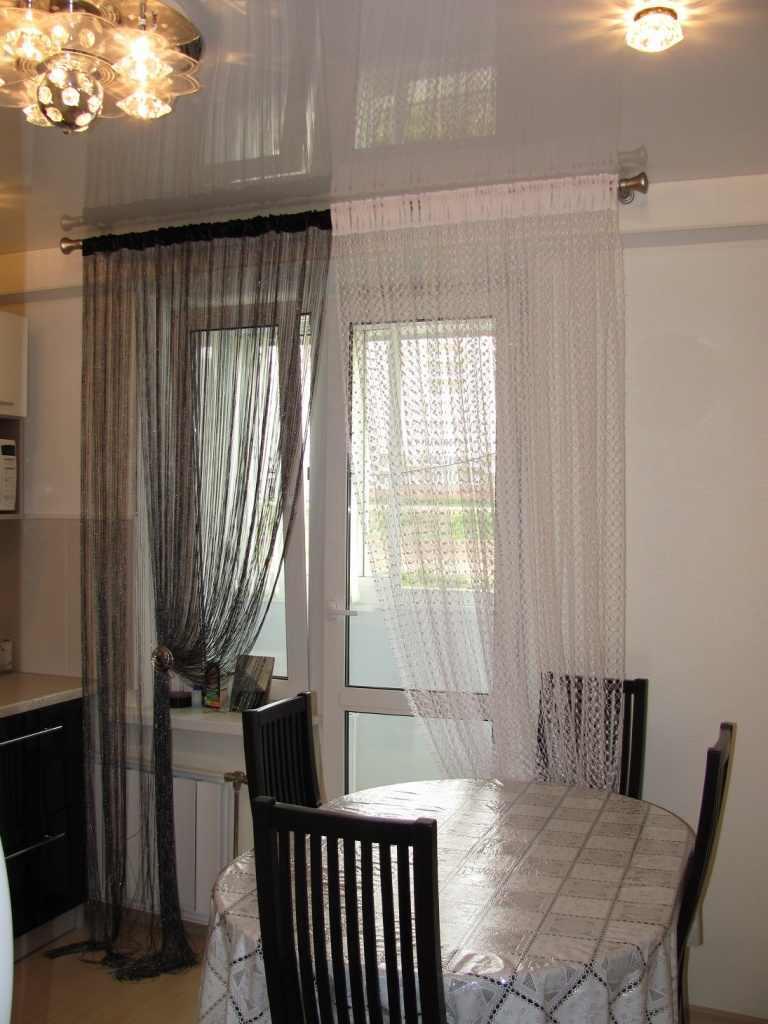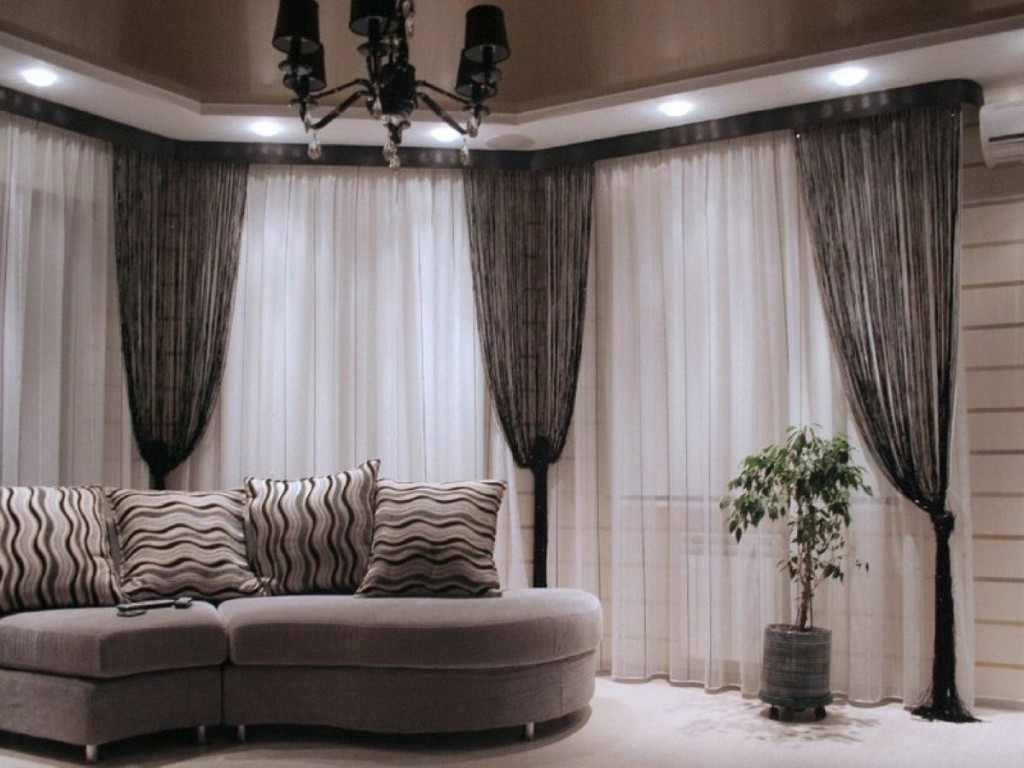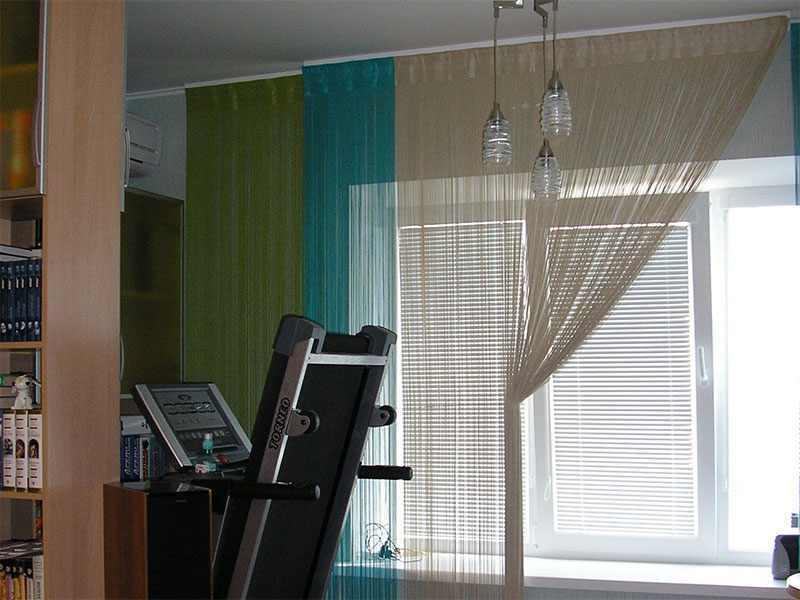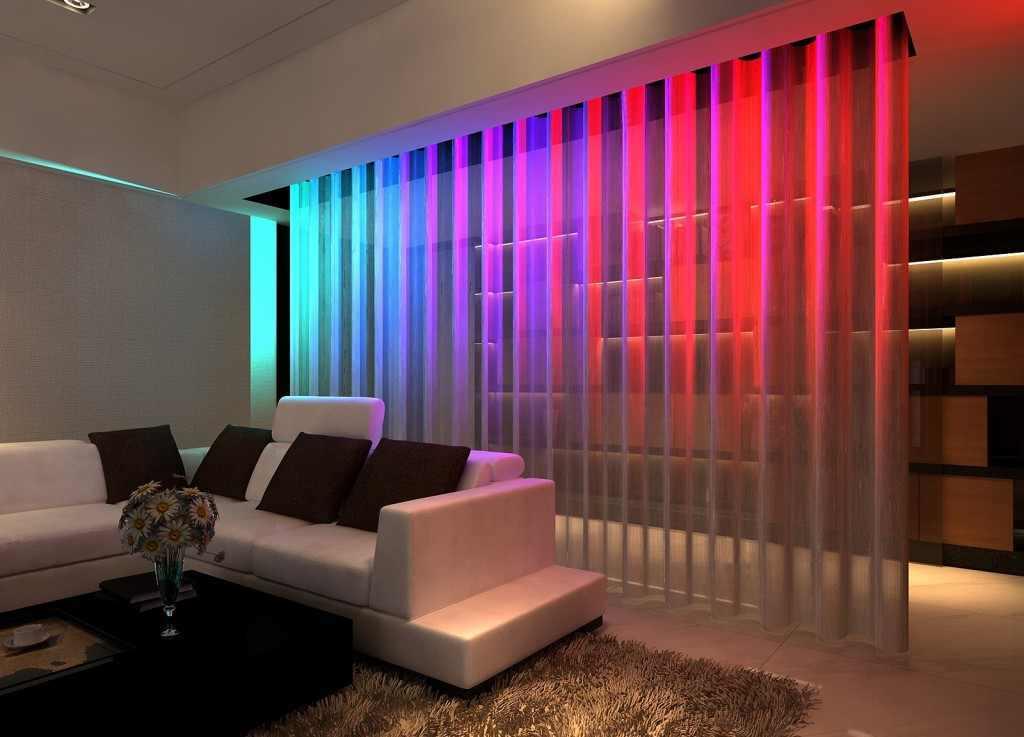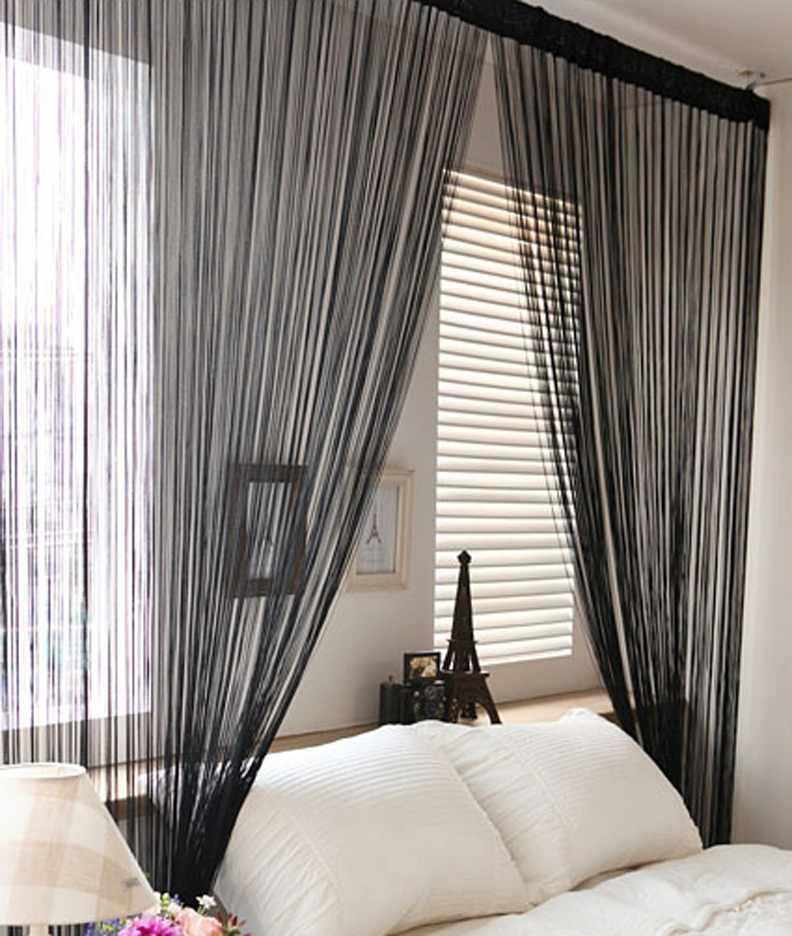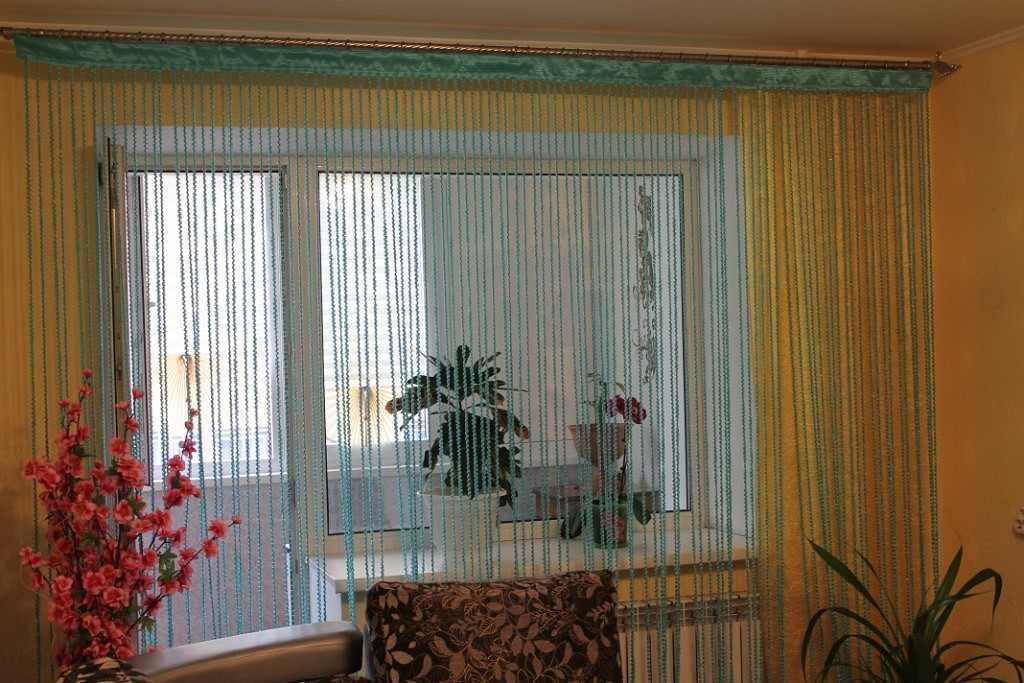Alternative decor: kisei curtains, ready-made and handmade
There is a fairly widespread opinion that kisei or filament curtains went out of fashion, remained somewhere in the 90s, and will look out of place in a modern interior. Firstly, depending on what is meant by a modern interior, and secondly, it is rare that such curtains do not become a real decoration in the room. Thanks to the additional decor in the form of glass beads, such curtains shimmer incredibly beautifully in the sun. For lovers of romantic, inspiring interiors, for those who don’t like rigor, conciseness and straight lines (boring), one of these curtains can make the whole look of the room.
Manufacturers again took up the manufacture of these curtains, which, perhaps, became a pattern after our compatriots were introduced to oriental culture. And in fusion interiors, where there is a lot of everything and everything together is unexpectedly beautiful, hanging such curtains would be a good decision.
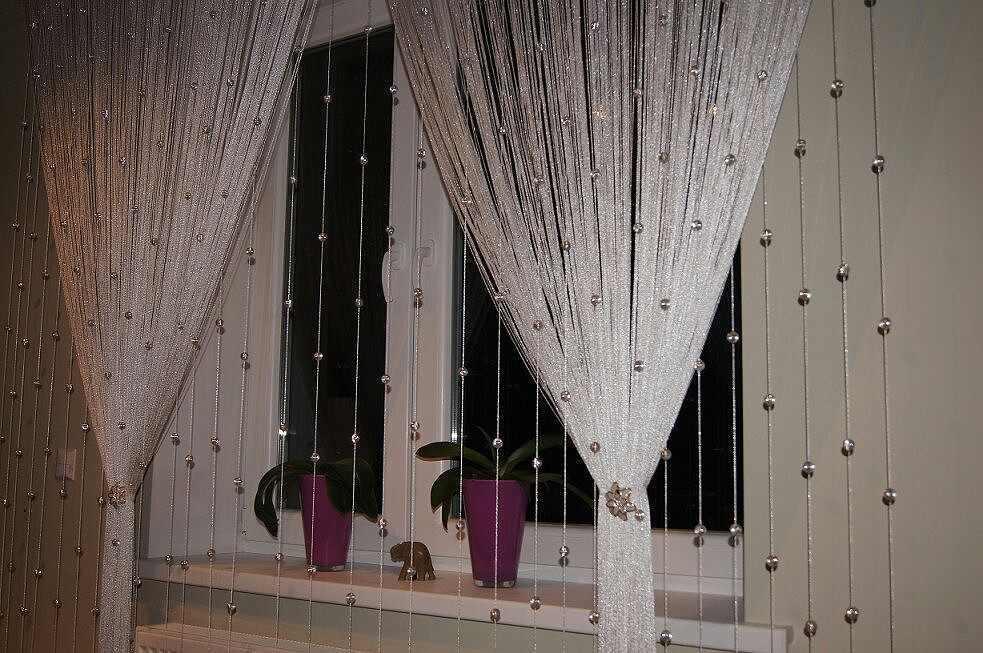
Contributed to the passion for such curtains and Western TV series, where such a decorative element can be found all the time. Moreover, they decorate not only windows, but also doorways. And also filament curtains become excellent zonators of the room, and seem to enliven the interior, help the room to be more comfortable.
Kisei curtains today can be as follows:
- Monophonic simple;
- Feather curtains;
- Curtain-rainbow;
- Noodle curtains;
- Curtains with glass beads;
- Curtains with sequins;
- Curtains with lurex;
- Curtains with beads.
Manufacturers of filament curtains usually use the following materials - cotton, linen, bamboo, synthetics, metal strings, etc. In terms of quality, filament curtains from Turkish, German and Italian manufacturers are considered the best, and Chinese curtains can be distinguished by a rich color palette.
How to hang muslin curtains (video)
Kisei curtains: how to hang them beautifully
Kisei can be used in the interior in different ways, therefore, it can be hung in several ways.
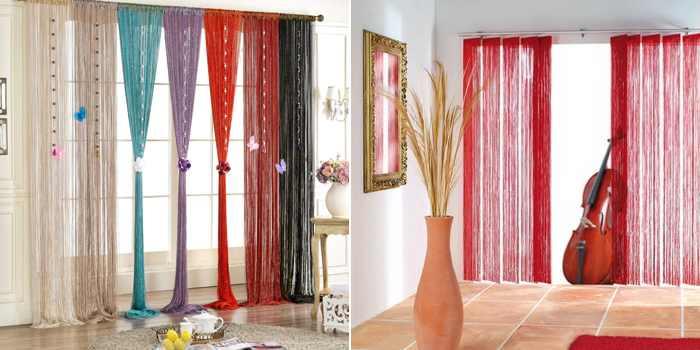
How to use Kisei:
- Such curtains can perfectly complement traditional curtains. This case is exactly for rooms where the windows face south, that is, the sun shines most of the day. Curtains will protect the room from excess light, if it is too intrusive to make its way through the muslin thread.
- If the room is small, and you can’t do without a space zonator, instead of putting up a screen, you can hang a muslin. This is an option for one-room apartments, where such a distracting zonator should also be a decorator.
- From individual threads of kisei, you can make lambrequin sagas by throwing them in a special way. Threads can be tied into knots, winding until you get something cute and original.
- The first layer is tulle, and on top are lambrequins-swags made of muslin, and such a design can be extraordinarily beautiful.
- If you prefer the style of minimalism, but you really like filament curtains, you should not refuse to combine these two seemingly different things. It's just that the kisei curtains should be silver or black, they can be hung in the usual way or tied into the same knots.
As for the distribution by room, in the living room it can be quite expensive curtains made of linen or silk threads with rhinestones or beads. In the bedroom, curtains of bright colors should be avoided, in the nursery a rainbow muslin will look great, in the kitchen - muslin at the balcony door.
Do-it-yourself muslin curtains from yarn
You can use yarn or beautiful smooth threads to make such curtains with your own hands. What will be the decor, think for yourself - maybe beads, maybe fringe. Small bells, shells, and feathers are also used. Curtains made of yarn will be heavy, and those made of smooth threads will be quite light.
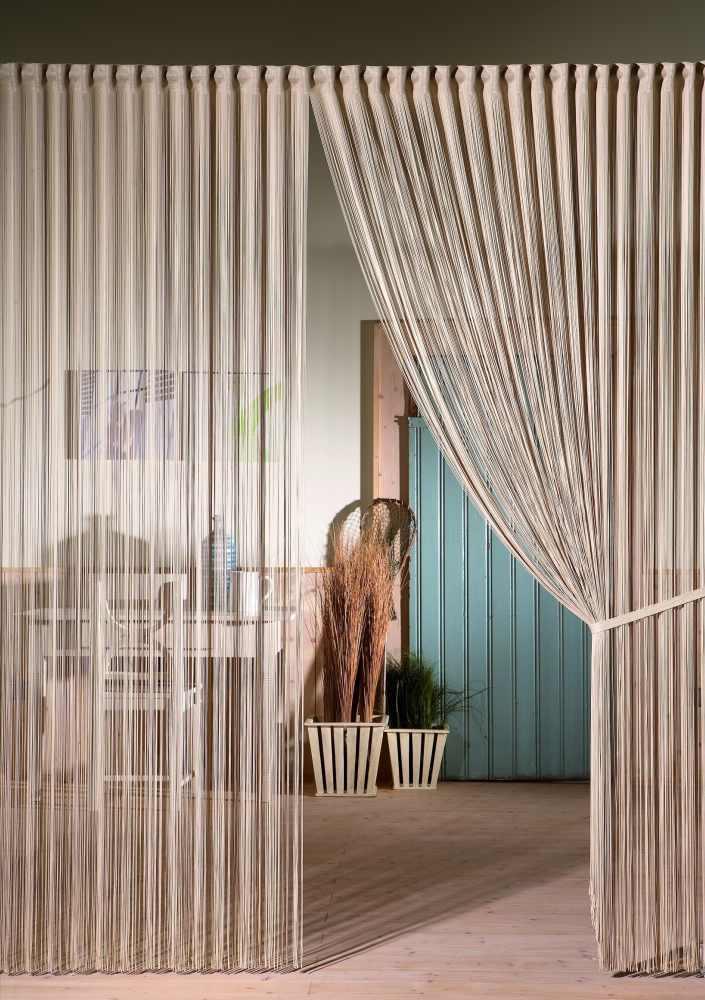
The width of the base is equal to the width of the window or doorway. You can also hang these curtains on ordinary rings on the eaves; wooden planks with holes are also used under the muslin.
To make a simple muslin, you need:
- A piece of fabric across the width of a window or doorway;
- The threads themselves;
- Any decor such as beads or feathers;
- Textile glue or double-sided tape;
- Scissors.
To determine the footage of the threads, you must first determine how thick your curtain should be. Segments of threads need to be attached to the fabric in a small area, and then count how many threads are needed to fill this space. And then make simple calculations for the entire curtain.
For example, 25 threads are needed for 5 cm. The width of the curtain is 1m. Then 100cm/5cm *25= 500 pieces. That is, you need 500 threads of the same length.
Master class on making muslin curtains
First you need to prepare the basis for the threads. That is, carefully hem a piece of fabric, along the upper edge of which sew a curtain tape. You can, for example, instead of a ribbon, make a loop for putting curtains on a stick.
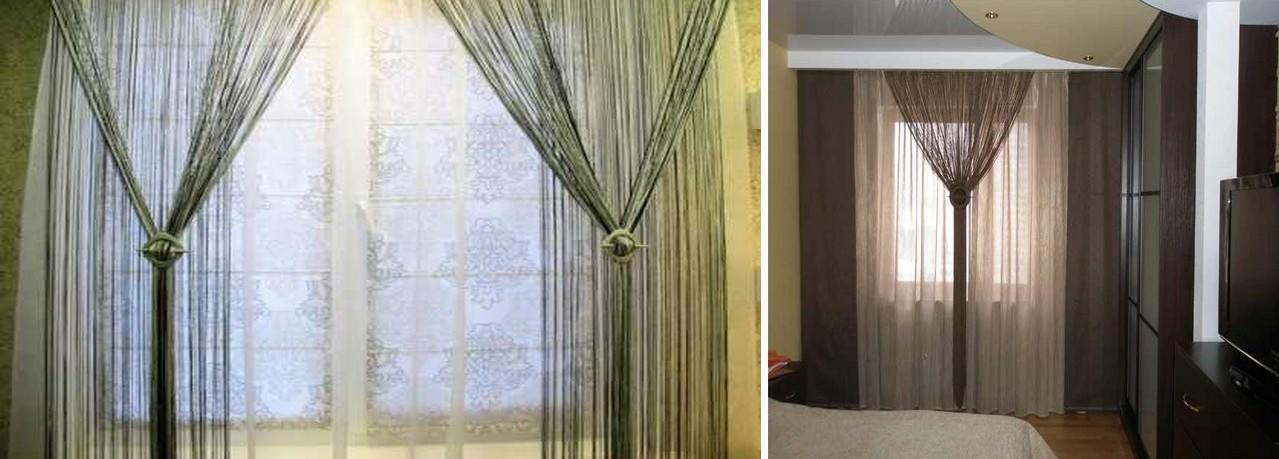
- Cut the required number of threads;
- Stick the adhesive tape on the back side of the base, glue the threads to the second side.
- From above, you can additionally sew a strip of fabric so that the fastening is fixed.
- Each thread can also be glued separately to textile glue, choose which is easier for you - adhesive tape or glue.
- Next, you make decor - string beads or other selected elements.
If you are tying a thread around a bead, then you will have to increase the length of the thread initially so that the curtain does not end up being short.
With the same beads, you can make an additional pattern on the curtain - in the form of the so-called large checkmarks or diagonal.
How to care for kisei curtains (video)
Filament curtains are something cozy, homely, beautiful and romantic. The radiance of the beads, the pleasant touch of the threads, all this creates a special mood, a special atmosphere in the room. Well, do-it-yourself filament curtains will also be a source of pride.
Happy interior experiments!
Examples of muslin curtains (photo)
